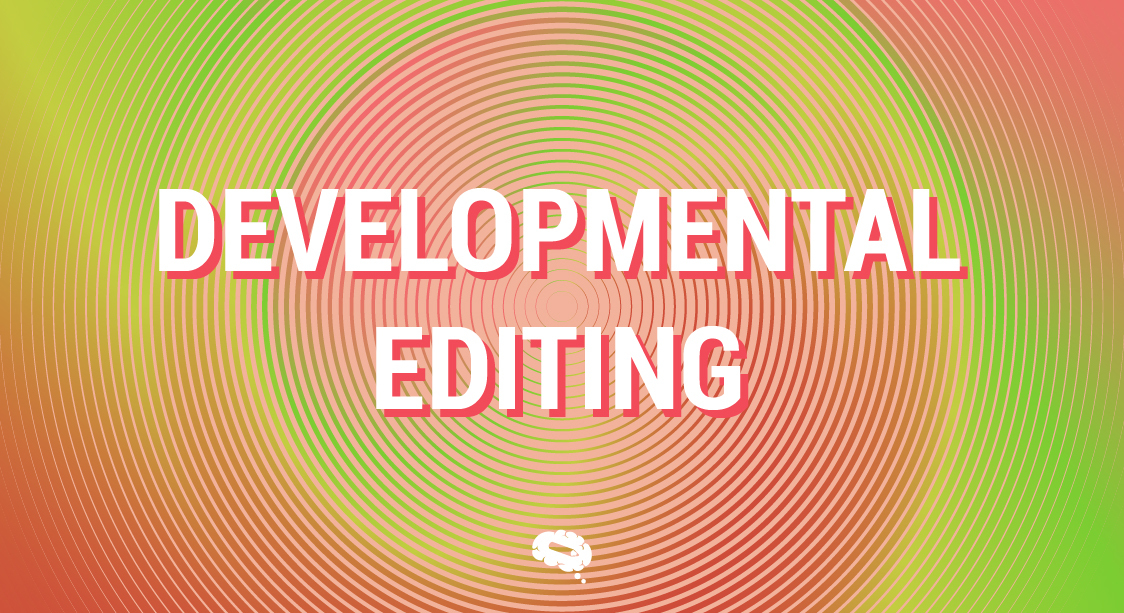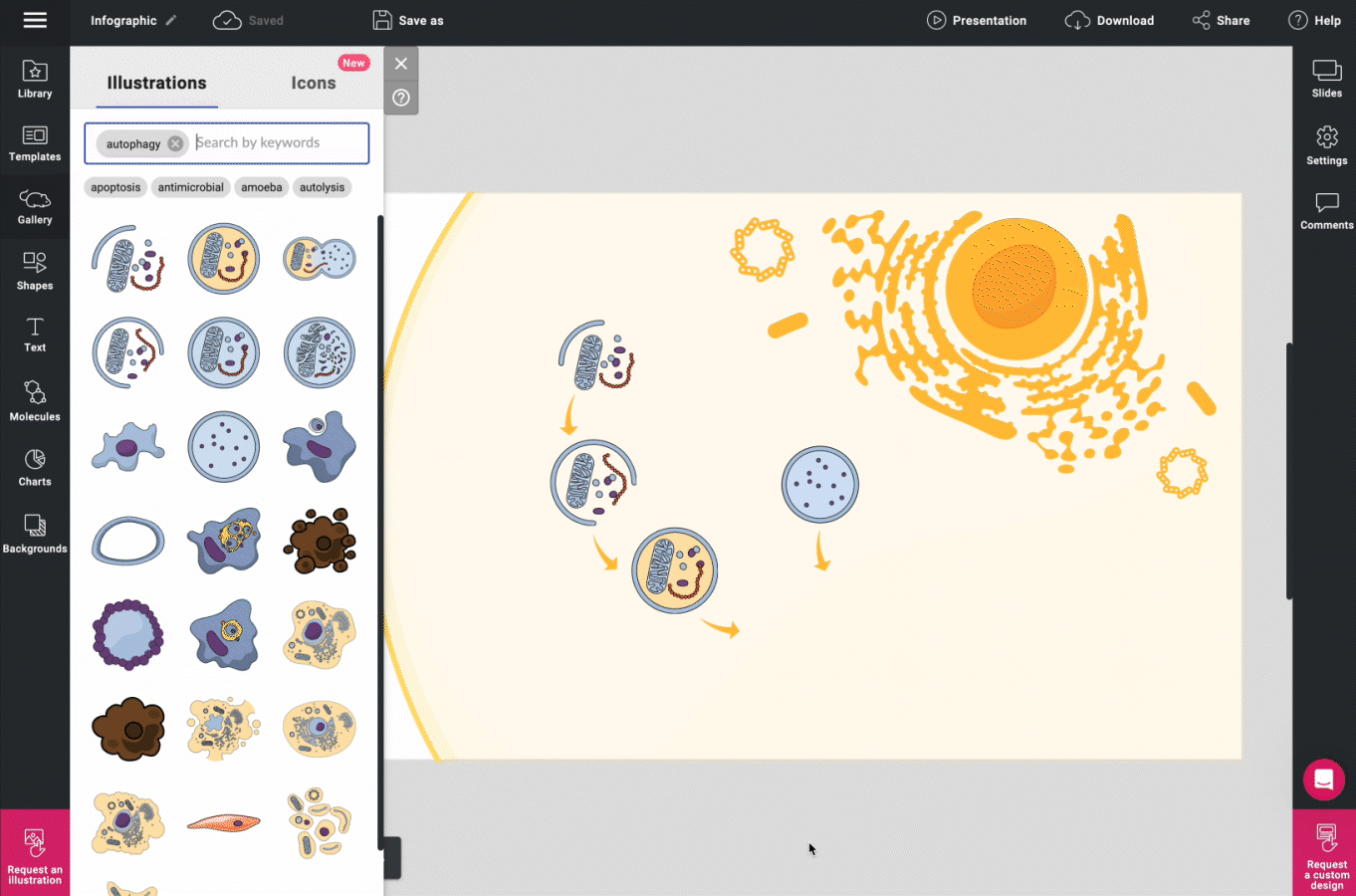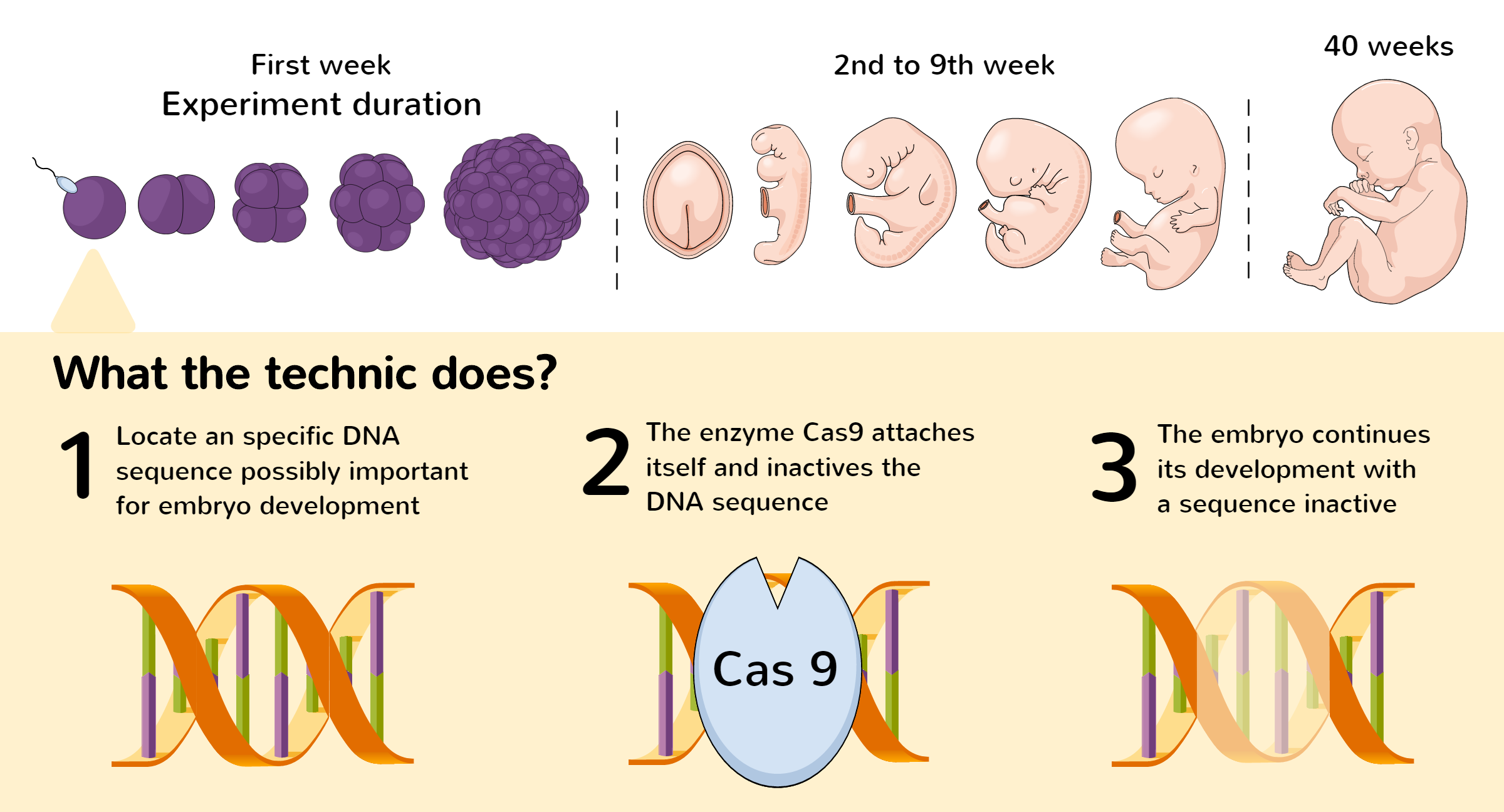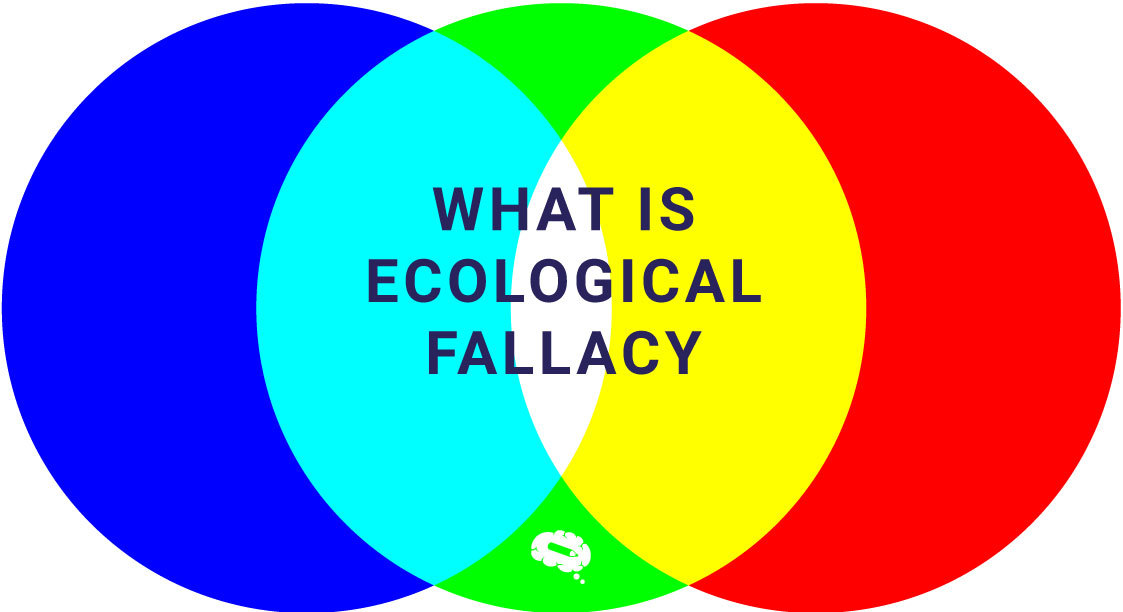It is a daunting task to construct a compelling narrative or convey a complex idea through the written word. Writing is a challenging process, regardless of whether you’re a seasoned wordsmith or an aspiring novice. Introducing developmental editing, the art of transforming ordinary writing into something extraordinary. Developmental editing has tremendous potential, and this article will help you unlock it.
In development editing, you are not just polishing grammar or fixing typos; you are shaping, refining, and perfecting your very foundation. To help you make your manuscript a literary masterpiece, this guide offers expert insights and practical techniques to lead you into developmental editing understanding. In this guide, you will discover how to make your words resonate, leaving a lasting impression on your audience, whether you’re a novelist, a journalist, or a student. With developmental editing, let’s unleash the true potential of your writing.
What Is Developmental Editing
In the writing and publishing process, developmental editing is a crucial and intricate step. Rather than simply correcting grammar and punctuation, it investigates a written work’s structural and thematic components. Essentially, this type of editing is all about improving the coherence, clarity, and impact of a manuscript.
Key Elements Of Developmental Editing
The goal of developmental editing is to transform a written work into a polished, coherent, and engaging content piece by diving deeply into its heart. Every writer seeking to refine their work must understand several key elements that occupy the developmental editor’s attention.
Content
Any piece of writing begins with content. The development editor evaluates the content and relevance of the material. A gap in information, an inconsistency, or an area for expansion are looked for by them. In order to communicate effectively, you need solid, well-researched, and insightful content.
Structure
Readers’ ability to follow a narrative or argument depends on its structure. Chapters, sections, and ideas are organized by editors. Readers are more likely to grasp and engage with well-structured content.
Character Development (in the case of Fiction)
A character’s depth and evolution are crucial to fiction. A development editor analyzes a character’s motivations, arc, and consistency. The story will be more captivating and relatable if the characters are engaging.
Plot
Any narrative is anchored by its plot, whether it’s fiction or nonfiction. The narrative tension, progression of events, and pacing are considered by editors. Well-crafted plots keep readers interested, and eager to keep reading.
Clarity
Clearly written messages make it easier for readers to understand them. A development editor eliminates ambiguities, jargon, and convoluted language. By ensuring clarity, the reader is able to grasp the essence of the content without being confused.
When To Do A Developmental Edit?
Developmental editing should be initiated at the right time in the writing and editing process. A writer’s goals, the project, and the quality of the manuscript all determine how long this editing stage takes. A developmental edit should be considered in the following situations:
After Completing the First Draft: It’s often advisable to conduct a developmental edit once you’ve finished the initial draft of your work. This allows you to work with the raw material and shape it into a more polished and cohesive form.
- Intricate or Long Manuscripts: Intricate and complex projects, such as novels, non-fiction books, or research papers, benefit greatly from developmental editing.
- Identifying Structural Issues: A developmental edit should be conducted if beta readers, peers, or advisors identify significant structural problems or unclear writing.
- Prior to Line Editing and Proofreading: A developmental edit should be performed before line editing (which focuses on grammar and style) and proofreading (which checks for errors). If you address structural concerns and content concerns first, you will avoid making unnecessary changes during later editing stages.
- Expert Guidance: When it comes to improving their work and taking it to the next level, many authors turn to developmental editors. As a result, it makes sense to perform a developmental edit.
The Developmental Editing Process
A developmental editor or the writer conducting this refines and enhances a manuscript over time through a comprehensive and iterative process. There are usually several key stages involved:
- A preliminary evaluation: A developmental editor evaluates the manuscript in detail. As a first step, determine whether the work’s structure, coherence, and target audience are aligned. During this stage, strengths and weaknesses are identified and areas for improvement are identified.
- Feedback: According to the editor’s assessment, the author receives detailed feedback. Feedback includes structural and character changes (in fiction), plot adjustments, and flow and clarity improvements. The feedback is crucial to guiding the author.
- Incorporating feedback: Authors revise their work after receiving feedback. From structural changes to fine-tuning, these revisions could range in scope. The author and editor are in constant communication to ensure continual improvement of the manuscript.
- Final Polishing: In the final stage, the manuscript is meticulously reviewed for any remaining errors in grammar, spelling, or consistency. In addition to making sure the manuscript is well-structured and engaging, it must also be free of apparent errors.
Getting The Most Out Of Your Experience With Developmental Editing
The process of developmental editing involves collaboration between editors and writers. To ensure a seamless and effective developmental editing process, here are some valuable insights for the best experience:
For Writers
- Be prepared to accept constructive criticism and feedback from your developmental editor. They are not there to criticize your writing skills but to help you improve them.
- You may need to go through multiple revision rounds during developmental editing. Improve your manuscript with patience and effort.
- Make sure your developmental editor has the expertise you need. Their objective perspective can help identify areas for improvement that you might have missed.
- It is important to be open to changes, but do not lose sight of your original vision. Make sure your creative intent remains intact in the edited manuscript.
- Participate actively in the editing process. Please discuss any questions or concerns you have about the suggested changes. The final product can be stronger when it is developed collaboratively.
For Editors
- Clearly communicate your role and scope of developmental editing to the author. Be sure they know what to expect and what the process entails.
- Feedback should be constructive, not destructive. Before addressing weaknesses, highlight the manuscript’s strengths. It can ease the author’s editing process by taking this approach.
- Maintaining the author’s unique voice and style while improving the manuscript is the goal. Make sure that you do not alter the identity of the author’s writing in any way.
- Make sure you pay the most attention to the most important parts of a manuscript. Consider structural problems, plot holes, and character inconsistencies first.
- Make sure that you communicate with the author clearly and openly throughout the editing process. Provide guidance when needed and respond to questions and concerns.
The process of developmental editing is a transformative one in the writing process. Both writers and editors can benefit from these insights and tips when it comes to refining and improving written work, ultimately resulting in an accurate manuscript that reflects the author’s vision. Collaboration and respect are often the keys to the best results.
Mind the Graph’s Amazing Visuals Will Take Data Visualization To The Next Level
A game-changer is at hand in the quest to better communicate and understand scientific findings. Research and dissertations can be made easier with Mind the Graph. Scientific communication will be redefined as we know it when visuals are seamlessly integrated into your drafts. Through Mind the Graph’s powerful tools, you can visually engage your audience with complex data, making it easier for them to understand. Visit our website for more information.

Subscribe to our newsletter
Exclusive high quality content about effective visual
communication in science.






